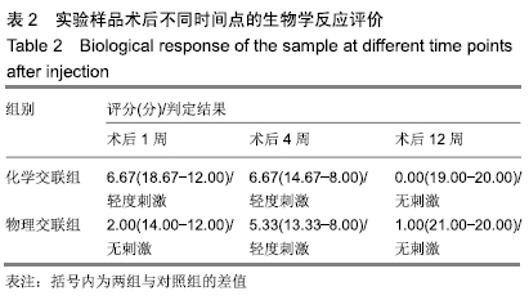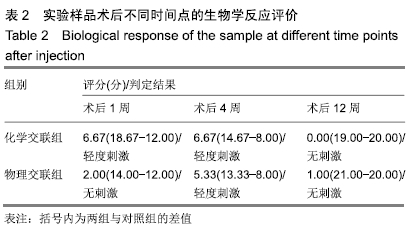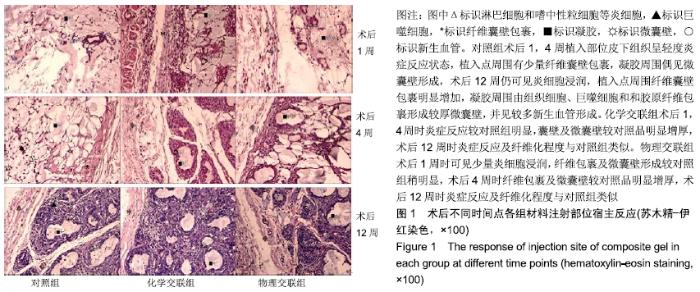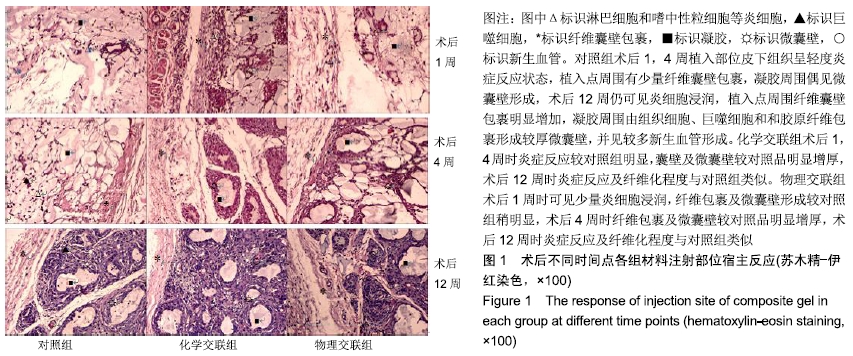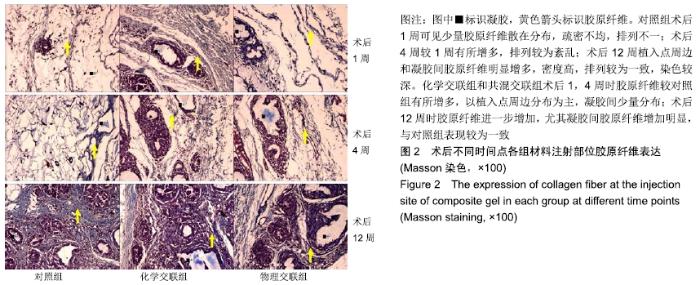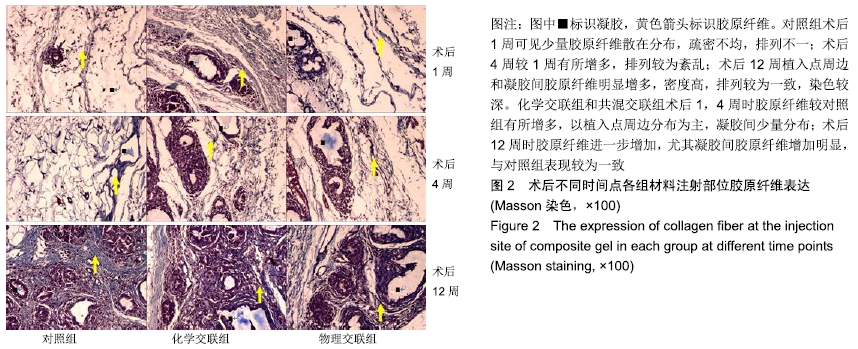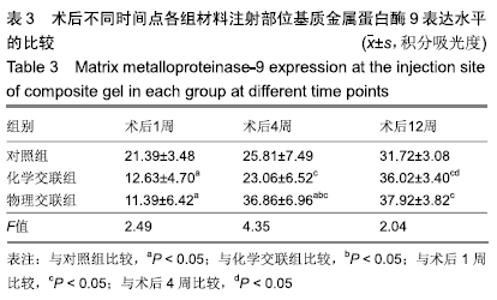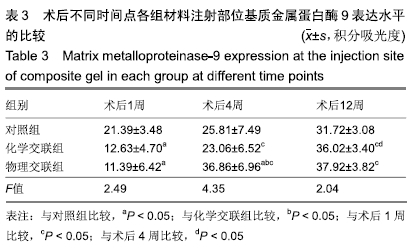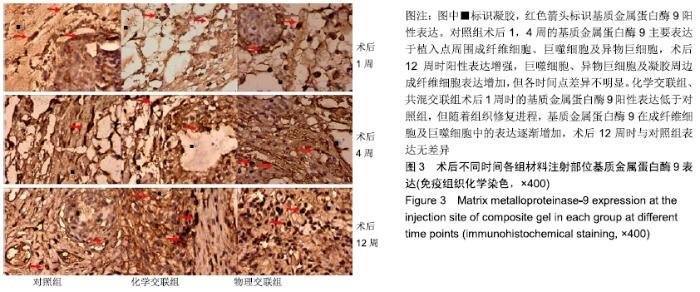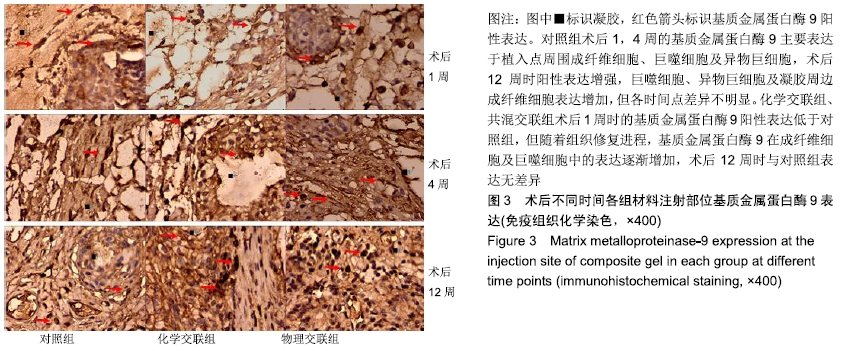[1] KOGAN G, SOLTÉS L, STERN R, et al. Hyaluronic acid: a natural biopolymer with a broad range of biomedical and industrial applications.Biotechnol Lett.2007;29(1):17-25.
[2] 田廷璀,解从霞,于世涛.透明质酸水凝胶制备的研究进展[J].粘接,2016,37(5):81-84.
[3] 张政朴.天然高分子材料透明质酸及羟丙基甲基纤维素介绍[J].中国美容整形外科杂志,2010,21(3):159-160.
[4] 罗盛,陈光平.医用羟丙基甲基纤维素-透明质酸钠溶液在鼻唇部年轻化中的应用体会[J].中国美容整形外科杂志,2013,24(6): 358-360.
[5] MYTHILI P, JANIS L, KRISTINE SA, et al.Biodegradable materials and metallic implants-a review.J Funct Biomater. 2017;8(4):44-58.
[6] AMINI AR, WALLACE JS, NUKAVARAPU SP.Short-term and long-term effects of orthopedic biodegradable implants. J Long Term Eff Med Implants.2011;21(2):93-122.
[7] JONES JA, MCNALLY AK, CHANG DT, et al.Matrix metalloprotei- nases and their inhibitors in the foreign body reaction on biomaterials.J Biomed Mater Res A. 2008;84(1): 158-166.
[8] MEZNARICH N, KYRIAKIDES T, DONALDSON E, et al. Matrix-metalloproteinase (MMP-9) and its role in wound healing and the foreign body response.J Undergraduate Res Bioeng.2004;4:84-89.
[9] GB/T 16886.6-2015医疗器械生物学评价第6部分:植入后局部反应实验[S].北京:中国标准出版社,2015.
[10] 张建民.国内透明质酸产品市场现状和发展前景[J].中国医疗美容,2012,2(2):48-54.
[11] SHEIKH Z, BROOKS PJ, BARZILAY O, et al.Macrophages, Foreign Body Giant Cells and Their Response toImplantable Biomaterials.Materials(Basel).2015;8(9):5671-5701.
[12] 沈丽琳.羟丙甲纤维素在药物制剂方面的应用与研究[J].中国药业,2007,16(12):64-II.
[13] 叶君,黎青勇,熊犍.羟丙基甲基纤维素在不同界面的表面活性[J].华南理工大学学报(自然科学版),2013,41(12):18-23.
[14] 李睿智,张秀明,尹永磊,等.羟丙基甲基纤维素的体外自由基降解研究[J].化学与生物工程,2013,30(6):72-74.
[15] JONSSON A, HJALMARSSON C, FALK P,et al. Stability of matrix metalloproteinase 9 as biological marker in colorectal cancer.Med Oncol.2018;35(4):50-55.
[16] ALEXANDER J, ROBERT S, CARSTEN R, et al.Adiponectin attenuates profibrotic extracellular matrix remodeling following cardiac injury by upregulating matrix metalloproteinase 9 expression in mice. Physiol Rep. 2017; 5(24):e13523,page1-15.
[17] MACLAUCHLAN S, SKOKOS EA, MEZNARICH N, et al. Macrophage fusion, giant cell formation, and the foreign body response require matrix metalloproteinase 9.J Leukoc Biol. 2009;85(4):617-626.
|
